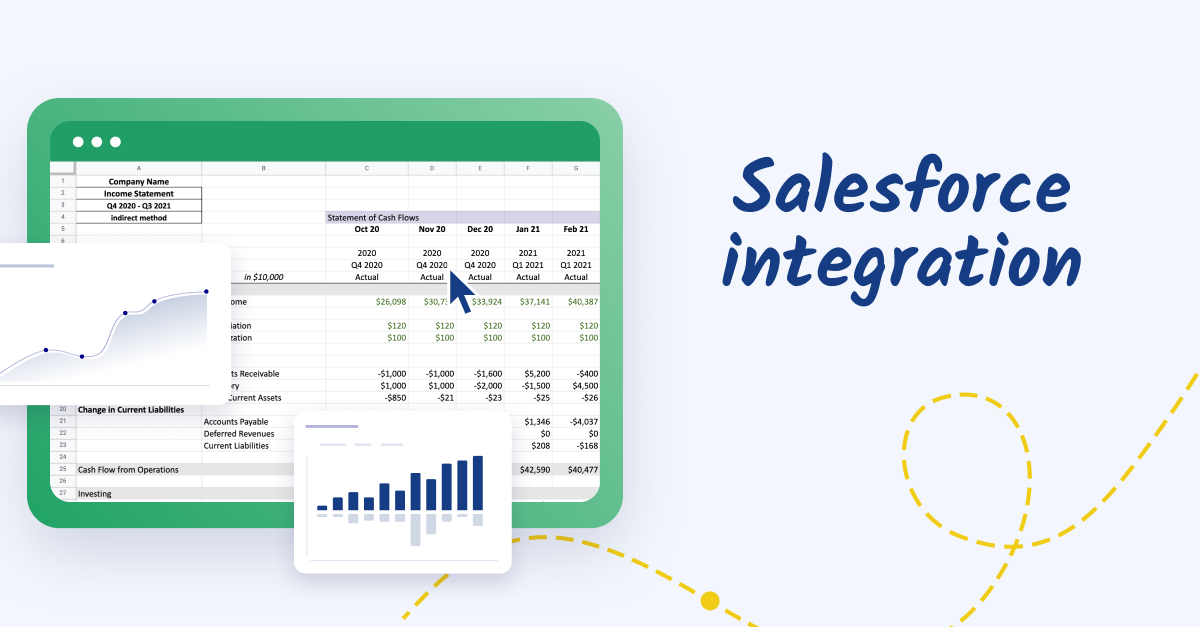Time-consuming, manual tasks can significantly slow down FP&A teams. These tasks (e.g., data entry, compiling and consolidating reports, and manual reconciliation) eat into valuable time that could be better spent on strategic thinking and more complex problem-solving.
Essentially, they’re preventing the team from being as effective as they could be and squandering potential contributions to the company's growth. If these problems aren’t addressed proactively, they could snowball into larger, more unmanageable issues, potentially jeopardizing the financial health and stability of your business.
To avoid this, it's crucial to take a step back, assess the situation, and implement targeted solutions. This not only resolves immediate concerns but also helps prepare the team to face future obstacles, ensuring a smooth, efficient, and productive operation moving forward.

How to overcome the six biggest challenges FP&A teams face
It's critical to address and resolve these issues for optimal business performance. Let’s take a closer look at some of the most common challenges FP&A teams face, and walk through practical solutions to overcome them and set your team up for success.
1. Data collection and consolidation
One major challenge FP&A teams face is the hassle of gathering data from varied systems and sources. This fragmented approach consumes time and increases the risk of errors, impacting the quality and reliability of data analysis.
To overcome this challenge, start by investing in integrated financial planning software to bring all your data together in one place. This single source of truth enhances data accuracy and accessibility. Second, automate data inputs to eliminate manual errors and save valuable time.
Lastly, ensure cross-departmental collaboration. When everyone is aligned and communicating effectively, it enhances the accuracy and consistency of data collection and consolidation, enabling more informed and timely business decisions.
2. Inaccurate forecasting and unpredictability
Forecasting can be complicated, especially in today’s volatile markets. Inaccuracies and unpredictability can send the best-laid financial plans into disarray, making it crucial to refine this aspect of financial planning.
To overcome this hurdle, use scenario planning. This allows your team to explore and prepare for various possible future scenarios, enhancing resilience and agility in decision-making.
Additionally, keep a finger on the pulse of market trends. A proactive approach to staying updated with market movements helps in making more informed, timely, and accurate forecasting decisions, allowing your team to better navigate the unpredictable financial landscape.
3. Difficulty in stakeholder communication and alignment
Effective communication with stakeholders, especially non-financial ones, can be a significant hurdle for FP&A teams. The challenge lies in clearly conveying intricate financial insights in an understandable way.
To enhance stakeholder communication and alignment, you need to simplify financial jargon. Make your insights accessible to all by breaking down complex terms into simpler language.
Next, use data visualization tools. Transforming numerical data into visual reports and dashboards can make complex information more digestible, helping stakeholders easily grasp key financial insights.
Lastly, hold regular alignment meetings. Consistent communication ensures everyone is on the same page, creating better understanding and collaboration across the board. These steps contribute to more effective communication and a smoother alignment process with all stakeholders.
4. Keeping up with regulatory changes and compliance
Navigating financial regulations and standards is a major challenge that FP&A teams face, namely because they’re constantly evolving. Staying compliant while keeping pace with these changes can be difficult, but it’s non-negotiable.
To keep up, be sure to embrace continuous professional development. Encourage your team to regularly update their knowledge about the latest regulations and standards.
You should also consider using compliance software to automatically stay updated on regulatory changes, and to help ensure that your financial processes and reports adhere to current laws and standards.
You may also want to consider appointing a dedicated compliance team or individual. Having experts focused solely on compliance will streamline the process, ensuring your business consistently meets the necessary legal and ethical standards.
5. Skill gaps, training needs, and adapting to new technologies
FP&A teams often grapple with skill gaps and the need for continuous training, especially as new technologies and tools emerge. However, overcoming this challenge is essential to maintaining a competitive edge.
To bridge skill gaps and address training needs, invest in regular team training and encourage attendance at industry seminars. This continuous learning approach helps your team stay updated on the latest financial tools, methodologies, and technologies.
When it comes to technology adoption, prioritize user-friendly platforms that your team can quickly and efficiently adapt to. Allocate dedicated resources to ensure smooth tech transitions and insist on vendor support for any new tools or systems adopted. By focusing on these areas, your FP&A team will be well-equipped with the knowledge, skills, and tools needed to succeed in their roles.
6. Balancing strategic priorities with day-to-day operations
Simultaneously focusing on future financial health and goals while ensuring efficient, error-free handling of daily financial tasks and responsibilities can stretch resources and attention thin. However, this balancing act is essential for ensuring sustained growth and keeping the financial ship steady day-to-day.
So, how can FP&A teams navigate this? You can start by implementing time management techniques to ensure that immediate and long-term tasks are addressed efficiently. Delegating tasks allows for focused attention on both strategic and operational aspects. Plus, setting clear and concise priorities for the team can provide a roadmap for balancing daily responsibilities with longer-term strategic objectives.
Conclusion: no more management migraines
Addressing the many challenges faced by FP&A teams is essential for optimizing their role within your organization. By implementing these practical solutions, you can empower your FP&A team to make more informed, agile, and impactful contributions to your business’s growth and stability.
Want to learn how Cube can help you on this journey? Request a free demo today.



.png)













